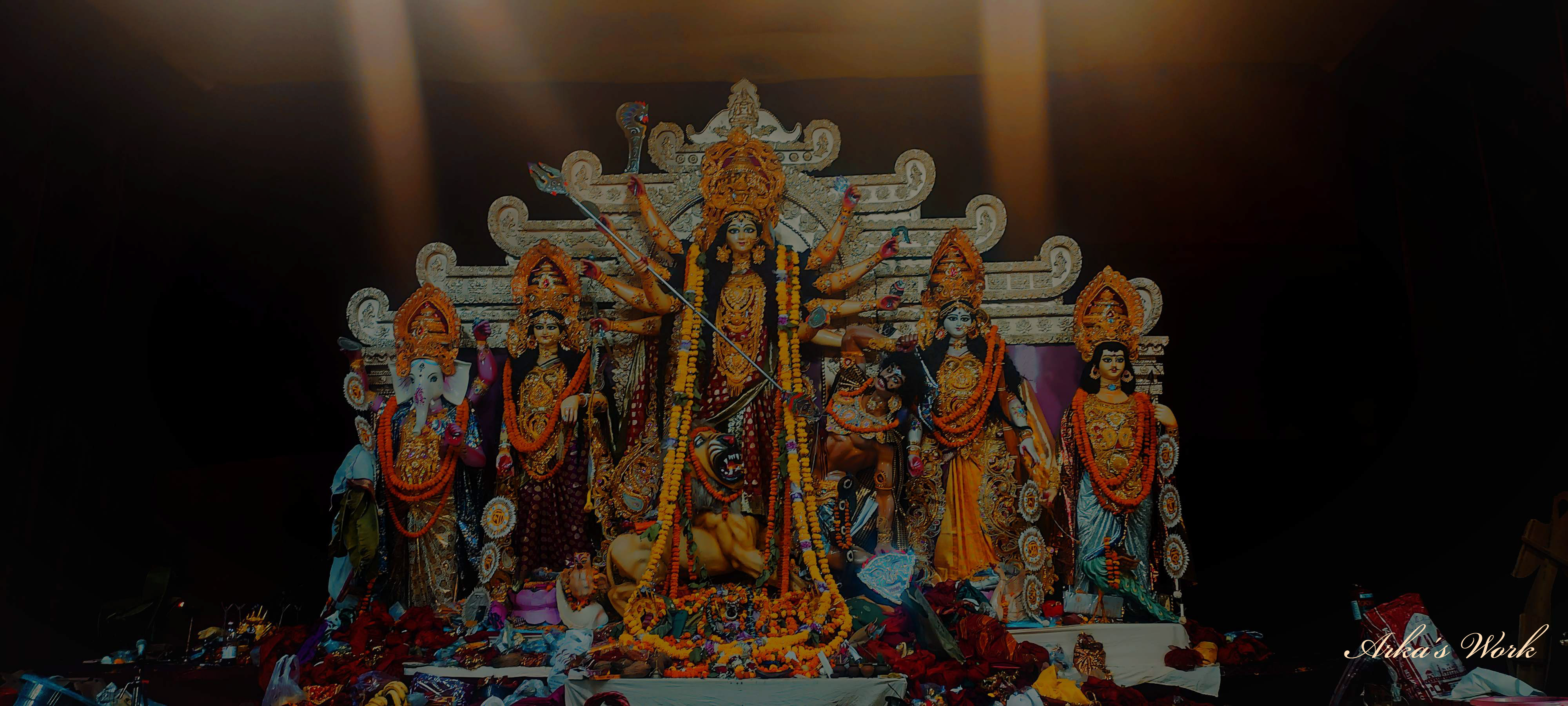
India, an ancient land and a habitat of numerous people has already been placed as the most populated country of the world. However, its population is only a single hyper-domain that states the country's generic demography. In fact, India's enormous population only raises an assumptive implications of its society and culture. On the other hand, while putting under a fine-tuned scanner, we can indeed observe several other segments that further sub-classify its people. One segment that is foundational and role-plays as the central control system of this country is - its ethnic variations.
Going back to its originating dates, Indus Valley, the earliest civilization of 3300 BCE that prospered in India was thought to be a republic. Society was basically divided in terms of the wealth owned by the people and their occupation with no discriminations in societal interaction or any community-based participations. This civilization was lost and Vedic age took its place. Vedic culture introduced monarchical order of rule and constructed the society in four major Vernas or class. India's Verna system formed a social hierarchy and people were categorized in it based on their skill, knowledge and work they wanted to do.
India's social and ethnic divisions were actually shaped up from this era and afterwards, there were multiple phases of transformations that either remoulded or fractured the society. And now, after a long ticking of time, passing through numerous partitions, demolitions and re-erection of the society, the world calls it as the true image of India – A country of multi-ethnic citizens. What this identity means?
Democratic modern India, as we see it today is composed of a society that is not only segmented in occupational classes. Additional ingredients, like, multiple religions, caste divides, languages, cultural elements, regional customs, political ideals, skills and knowledge components are mixed within its socio-cultural facet. What happened incidentally and continually in the past, that is, the fragmentation and diversification, mostly with the influence of rulers is now a tradition of India.
This tradition of diversity certainly makes a part of India's nationhood. What is new is, there are some fresh developments too that are hybridizing the country's socio-cultural compositions. Importantly, with the rise of middle-class educated aspirants' migrations, India is now transformed as a micro-habitat of diverse communities. Thus, the society is evolving yet again in a new form by bridging the people of multiple ethnicities.
They are coming closer to one another, opening a space of easier interactions, knowledge exchanges and so, are widening and diversifying the society. What I wish to point out is that in today's time, this particular diversification is not separating or creating conflicts, but are adding up new multi-ethnic elements to India's regional culture where those ethnicities were sparse in the past.
It's remarkable because they produce so beautiful cultural blending and a welcoming warmth of inclusivity. As a recent instance, while doing pandal hopping during the festive seasons of Sharad Navratri (the occasion of Durga Puja), in some parts of Greater Noida (West), I found its visible traces in the public worshipping organized by Bengali, Northeast, Odissa and Uttar Pradesh communities.
These are positive and constructive changes that help in unifying India, joining with one another and breaking the barrier of separation that once were familiar issues of dis-integrity in India's many regions, particularly, the desolate remote areas, like the Northeastern zones. These progresses need more motivations and attention as they are eradicating the restrictive provincial climate of differentiation and permitting the light of attachment for all its citizens at every part of the country. So, let India be fragranced with its charming multi-ethnic cultural assets and be bonded together.